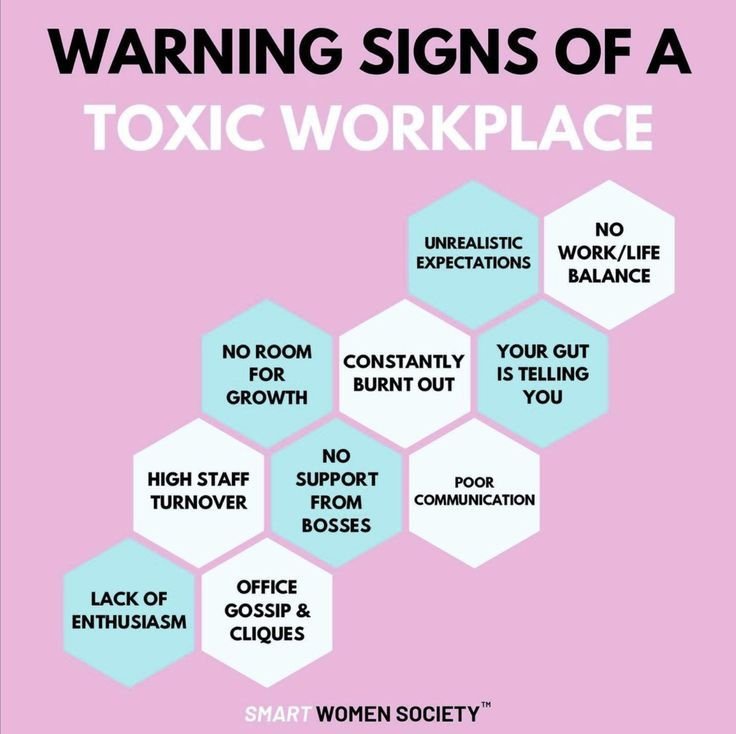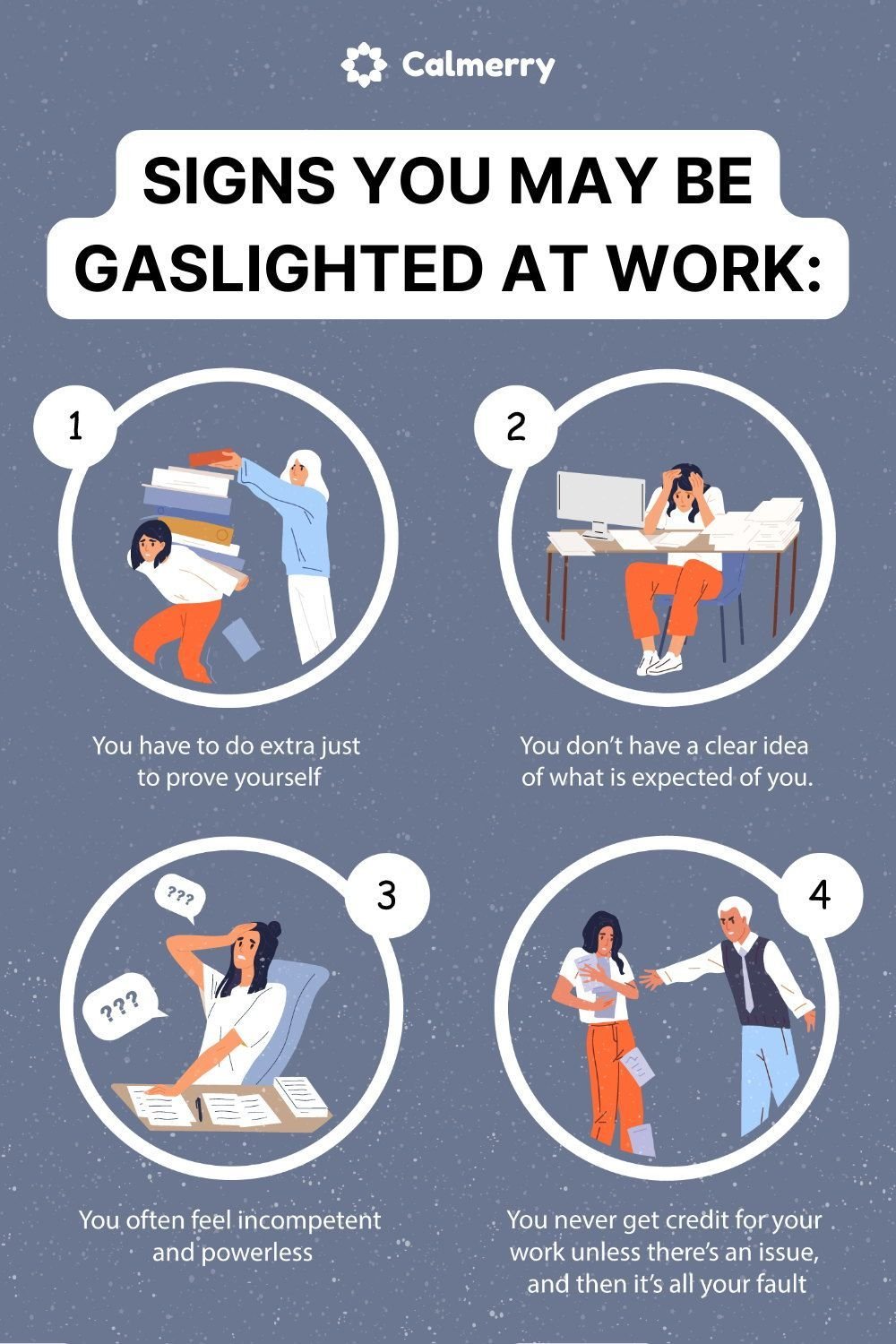
Workplace harassment is a prevalent issue that affects individuals across various industries, including the fashion industry. It entails any unwelcome behavior that demeans, intimidates, or creates a hostile work environment for employees. It can take several forms, such as verbal, physical, psychological, or sexual abuse. While steps have been taken to address this issue, it is evident that more needs to be done to create a safer working environment in the fashion industry.
The fashion industry is known for its glamour and creativity, but it also harbors a dark side where workplace harassment often goes unchecked. Models, in particular, are vulnerable to exploitation and mistreatment. They frequently encounter body-shaming, inappropriate behavior, and the pressure to conform to unrealistic beauty standards. There have been numerous reports of sexual abuse and harassment within the industry, where influential figures abuse their power. The culture of fear and silence perpetuates such behavior, making it difficult for victims to come forward and get justice.
What Needs To Change?
To bring about significant change, several measures must be implemented in the fashion industry. Firstly, awareness and training programs should be an integral part of every fashion company’s culture. Educating employees about the various forms of harassment and their consequences will create a safer environment where individuals can identify and report such behavior more effectively.
Secondly, reporting mechanisms need to be streamlined and confidential. Fashion companies should establish anonymous hotlines or online platforms to support victims and witnesses in reporting incidents without fear of reprisal. Creating a safe space encourages individuals to come forward, ensuring that perpetrators are held accountable for their actions.

Additionally, the industry must foster a culture of respect and equality. It should actively promote diversity and inclusion by showcasing models of different ethnicities, body types, and genders. By challenging prevailing beauty norms, the fashion industry can help shift societal attitudes towards more inclusive standards of beauty, reducing the prevalence of harassment.
Moreover, partnerships between fashion companies and organizations focused on combating workplace harassment can be beneficial. Collaborating with advocacy groups and nonprofits will provide resources, expertise, and accountability to fashion brands, helping them address and prevent harassment effectively.

Workplace harassment is a pressing issue in various industries, including the fashion industry. To combat this problem, the industry needs to implement comprehensive measures that include awareness training, confidential reporting mechanisms, fostering a culture of respect and equality, and partnering with relevant organizations. By creating a safe and inclusive working environment, the fashion industry can be a positive force in eradicating workplace harassment and ensuring the well-being and dignity of all its employees.


